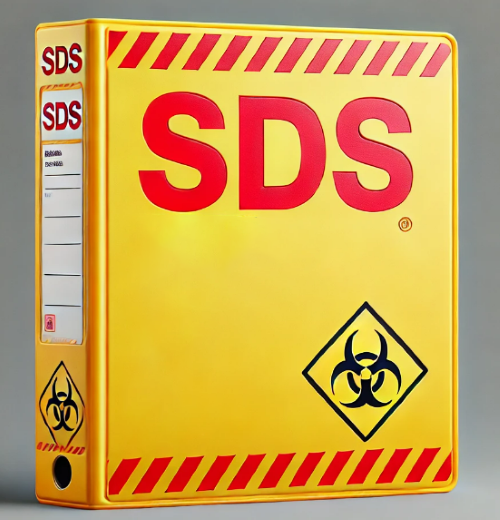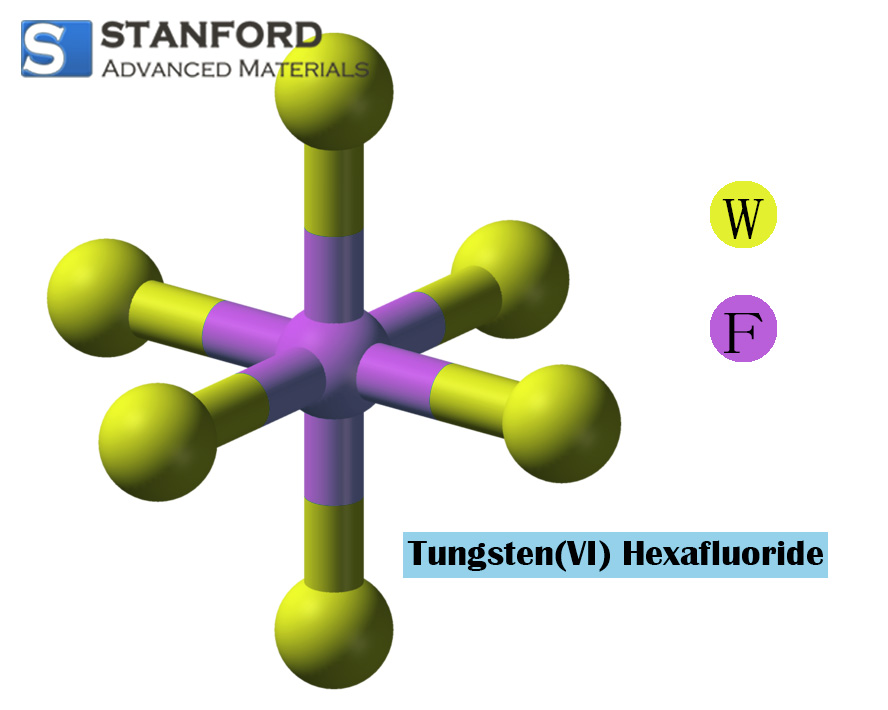SDS Of Platinum Oxide
1 Product Designations
Product name: Platinoxid
CAS No.: 1314-15-4
Relevant identified uses of the substance or mixture and uses that are not recommended
Identified uses: laboratory chemicals, manufacturing of substances
Details of the Safety Data Sheet Supplier
Manufacturer/Supplier:
Stanford Advanced Materials
23661 Birtcher Dr.
Lake Forest, CA 92630
Telephone: (949) 407-8904
Fax: (949) 812-6690
E-Mail: sales@SAMaterials.com
2: Identification of Hazards
2.1 Classification of the substance or mixture
Classified according to Regulation (EC) No. 1272/2008
Oxidising solids
Eye irritation
2.2 Labelling elements
Labelled in accordance with Regulation (EC) No. 1272/2008
2.3 Other hazards
This substance/mixture does not contain components that are classified as persistent, bioaccumulative and toxic (PBT) or very persistent and very bioaccumulative (vPvB) at concentrations of 0.1% or higher.
3: Composition/Information on Ingredients
3.1 Ingredients
Synonyms: Adams catalyst
Formula: O2Pt
Molecular weight: 227.08 g/mol
CAS No.: 1314-15-4
EC No.: 215-223-0
4: First-Aid Measures
4.1 Description of first-aid measures
General advice: seek medical attention and present this Safety Data Sheet to the attending physician.
Inhalation: Remove the person to fresh air immediately. If breathing ceases, commence artificial respiration and consult a physician.
Skin contact: Remove contaminated clothing and wash the area with soap and plenty of water. Seek medical advice.
Eye contact: Rinse cautiously with plenty of water for at least 15 minutes and seek medical advice.
Ingestion: Do not induce vomiting in an unconscious person. Rinse the mouth with water and seek immediate medical attention.
5: Fire-Fighting Measures
5.1 Extinguishing media
Suitable extinguishing media are water spray, alcohol‐resistant foam, dry agent or carbon dioxide.
5.2 Specific hazards arising from the substance or mixture
No data available.
5.3 Fire-fighting instructions
During firefighting, use a self-contained breathing apparatus if required.
5.4 Additional information
Cool unopened containers with a water spray.
6: Accidental Release Measures
6.1 Personal precautions, protective equipment and emergency procedures
Use personal protective equipment. Avoid dust generation and inhalation of vapours, mists or gases. Ensure adequate ventilation and evacuate personnel to safe areas.
6.2 Environmental precautions
Do not allow the product to enter the sewage system.
6.3 Methods and materials for containment and cleaning up
Sweep and scoop spilled product. Contain the spill and then collect it using an electrically protected vacuum or a wet broom. Dispose of the collected material in accordance with local regulations in a suitable container, and store for disposal in a closed container.
7: Handling and Storage
7.1 Precautions for safe handling
Avoid contact with skin and eyes. Prevent the formation of dust and aerosols. Ensure adequate extraction in areas where dust is generated. Keep away from ignition sources; do not smoke and keep away from heat sources.
7.2 Conditions for safe storage, including any incompatibilities
Store in a cool place. Keep the container tightly closed in a dry and well-ventilated area.
Storage class (TRGS 510): Oxidising hazardous substances
8: Exposure Control/Personal Protective Equipment
8.1 Control parameters
8.2 Exposure control
Implement suitable technical measures. Handle in accordance with good occupational hygiene and safety practices. Wash hands before breaks and at the end of the working day.
Personal protective equipment:
Eye/face protection: Use protective goggles with side protection in line with EN166. Use eye protection that is tested and authorised according to NIOSH (USA) or EN 166 (EU).
Skin protection: Wear gloves and wash hands thoroughly afterwards.
Body protection: Wear impermeable clothing. The selection of protective equipment must be based on the concentration and volume of the hazardous substance at the workplace.
Respiratory protection: If the risk assessment indicates that air‐purifying respirators are appropriate, use respiratory cartridges (EN 143) in addition to technical controls.
Limitation of environmental exposure: Do not allow the product to enter the sewage system.
9: Physical and Chemical Properties
a) Appearance: solid
b) Melting point/Range: 450 °C – melting point
10: Stability and Reactivity
10.1 Reactivity
No data available.
10.2 Chemical stability
Stable under the recommended storage conditions.
10.3 Possibility of hazardous reactions
No data available.
10.4 Conditions to avoid
No data available.
10.5 Incompatible materials
Organic materials, metal powders
11: Toxicological Information
11.1 Toxicological effects
Acute toxicity
LD50 Oral – rat – > 8 000 mg/kg (Platinum dioxide)
Corrosion/irritation of skin
Result: No skin irritation observed
12: Disposal Considerations
Product
Incinerate in a chemical incinerator with an afterburner and scrubber. Excess and non-recoverable solutions, which are flammable, should be offered to a licensed waste disposal company.
Contaminated packaging
Dispose of in the same manner as unused product.
13: Regulatory Information
13.1 Specific safety, health and environmental regulations for the substance or mixture
This Safety Data Sheet complies with the requirements of Regulation (EC) No. 1907/2006.
13.2 Substance safety assessment
No substance safety assessment has been carried out for this product.
14: End of Safety Data Sheet
This Safety Data Sheet is provided solely for your information, consideration and examination. Stanford Advanced Materials does not grant any express or implied warranties and assumes no responsibility for the accuracy or completeness of the data contained herein.

 Bars
Bars
 Beads & Spheres
Beads & Spheres
 Bolts & Nuts
Bolts & Nuts
 Crucibles
Crucibles
 Discs
Discs
 Fibers & Fabrics
Fibers & Fabrics
 Films
Films
 Flake
Flake
 Foams
Foams
 Foil
Foil
 Granules
Granules
 Honeycombs
Honeycombs
 Ink
Ink
 Laminate
Laminate
 Lumps
Lumps
 Meshes
Meshes
 Metallised Film
Metallised Film
 Plate
Plate
 Powders
Powders
 Rod
Rod
 Sheets
Sheets
 Single Crystals
Single Crystals
 Sputtering Target
Sputtering Target
 Tubes
Tubes
 Washer
Washer
 Wires
Wires
 Converters & Calculators
Converters & Calculators
 Write for Us
Write for Us
 Chin Trento
Chin Trento


